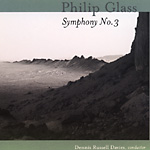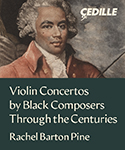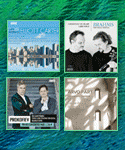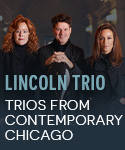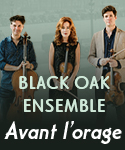No one familiar with the music of Philip Glass would expect his Symphony No. 3 (1995) to conform to traditional sonata principles (with its requisite key relationships), but surprisingly Glass does rely upon some classic forms as he expands the concept of “symphony” to include his unique compositional style. The work is scored for string orchestra and reveals Glass’ very accomplished writing in the medium as he cleverly combines textures and distributes musical ideas across registers. Movement I is a brief prelude utilizing Glass’ trademark technique of repeated harmonic progressions set to a pulse best described as a “rock-march” (reminiscent of the Beatles’ “Eleanor Rigby”). Rapid compound meters distinguish Movement II, which is atypical for Glass, with constantly shifting rhythms and melodic fragments that suggest something by Bartók. Movement III, the longest, is a chaconne in which the instruments gradually enter until the final full-ensemble variation. The finale, in sort of a rondo form, recalls the rhythms and motifs of the second movement before introducing a new theme at the close. Although the symphony at first sounds somewhat stark, it reveals its hidden beauties on subsequent hearings.
The remaining works are in the familiar Glass idiom. The CIVIL warS (1984) interludes are not far removed from the static world of Akhnaten, and although Glass claims that “Mechanical Ballet” from The Voyage (1992) was inspired in part by Verdi’s Requiem, it’s pretty difficult to discern how. The Light, composed in 1987 to celebrate a groundbreaking scientific experiment, begins in serene luminosity before moving into busy banality for the bulk of its 22 minutes. Glass exponent Dennis Russell Davies turns in yet another set of convincing and evocative readings, played with wit and precision by the Stuttgart Chamber Orchestra and (in The Light) the Vienna Radio Symphony Orchestra. The Nonesuch recording is faithfully transparent. The coupled works notwithstanding, if you’re convinced Philip Glass isn’t a real composer, you need to hear this symphony.






















